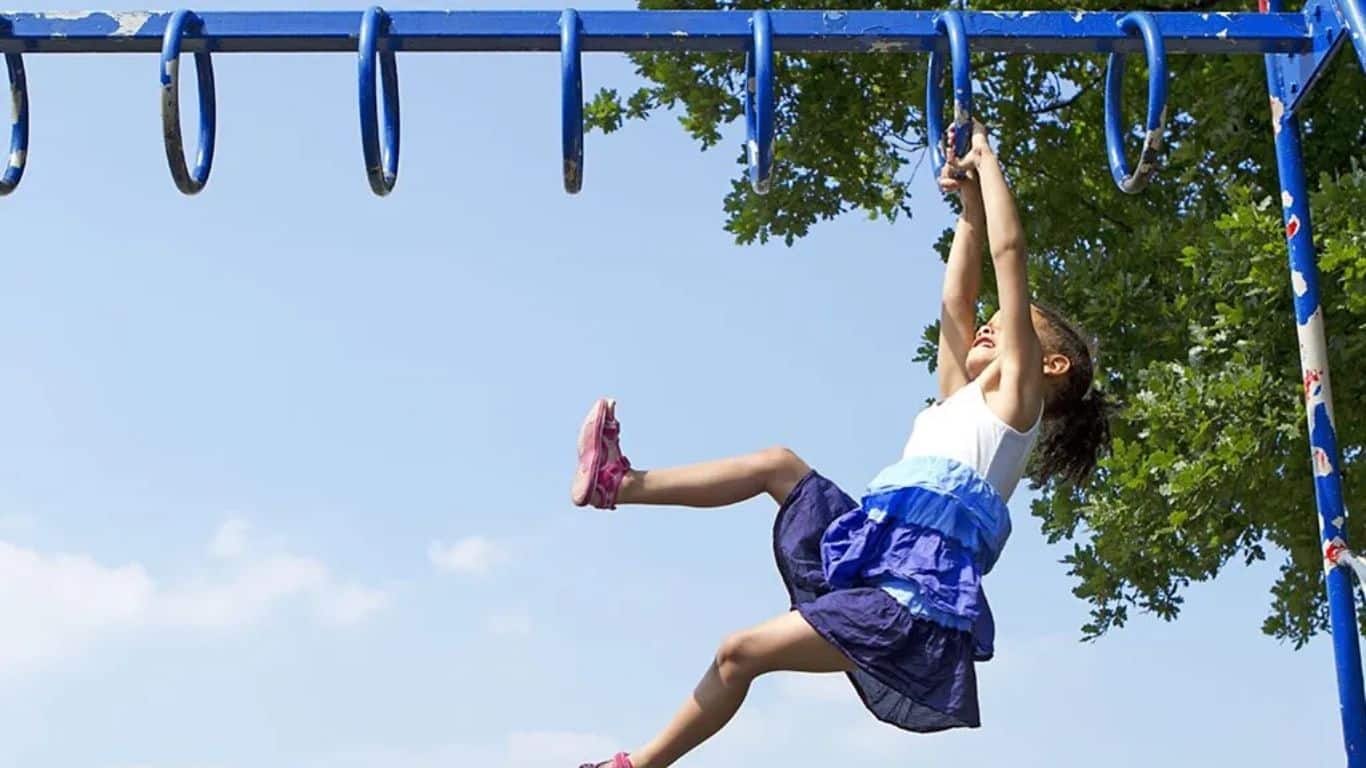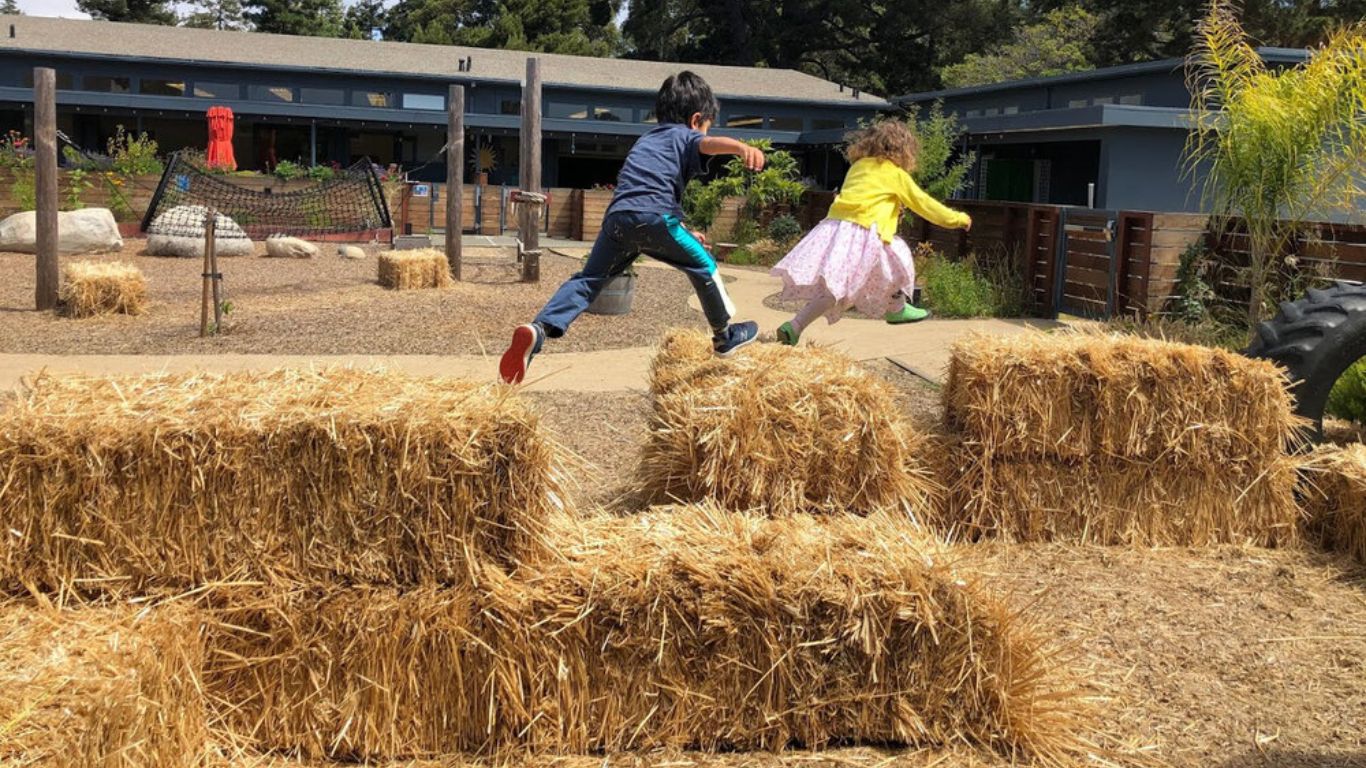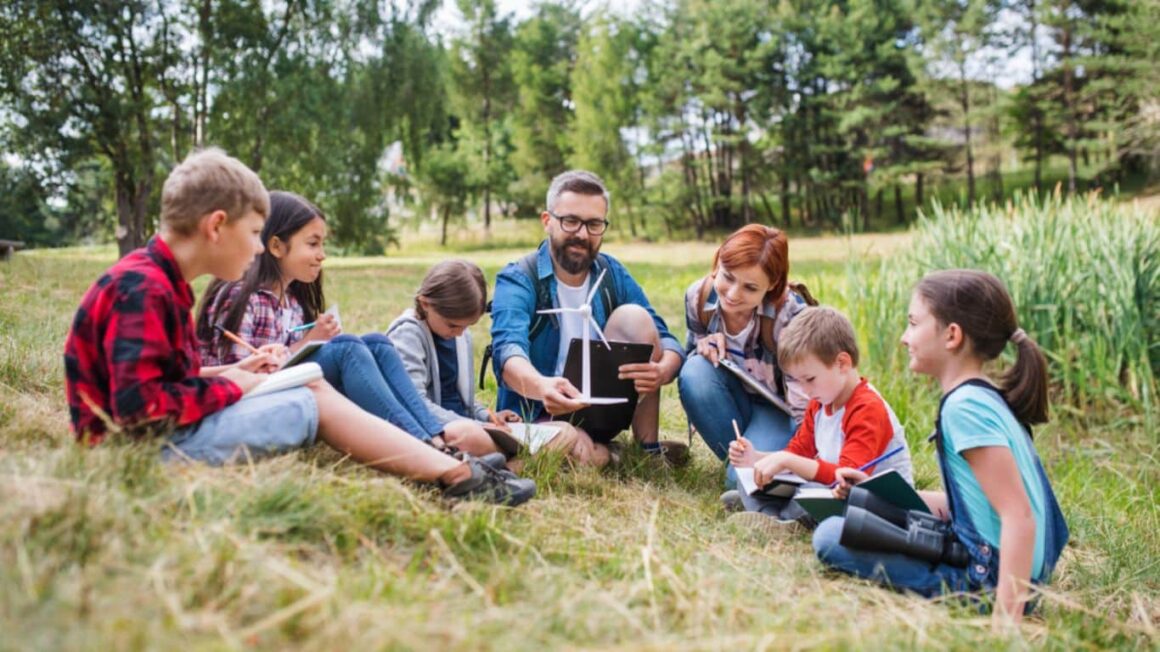15 Benefits of Physical Education and Outdoor Learning: Physical education and outdoor learning are essential components of a well-rounded education. These activities provide numerous benefits for students of all ages, including physical, mental, and social benefits. Physical education helps students develop physical skills, coordination, and fitness, while outdoor learning provides opportunities for students to learn and explore in a natural environment. Today we will discuss the benefits of physical education and outdoor learning. And how they can positively impact student development.
15 Benefits of Physical Education and Outdoor Learning
Improved Physical Health
Physical education and outdoor learning activities can help students develop and maintain a healthy lifestyle. Regular physical activity can improve cardiovascular health, reduce the risk of chronic diseases such as obesity and type 2 diabetes, increase muscle strength and flexibility, improve bone health, and improve sleep quality. Overall, these activities can help students develop and maintain a healthy lifestyle, leading to improved physical health and well-being.
Enhanced Mental Health

Many Studies have shown that physical education and outdoor learning activities can also help improve mental health and well-being by reducing stress and anxiety, improving mood, enhancing self-esteem and confidence, and providing a sense of connection to nature. These activities can help students develop a more positive and healthy outlook on life, leading to improved mental health and overall well-being.
Academic Performance
It can help improve academic performance by improving cognitive function, increasing grades and test scores, and promoting problem-solving and critical thinking skills. However, it’s important to note that physical activity is only one factor that can impact a student’s academic success and other factors, such as a student’s home environment, access to resources, and personal motivation, can also play a role.
Social Development
Outdoor learning activities can provide opportunities for students to interact and socialize with their peers, helping to develop social skills and teamwork. These activities can also provide a sense of community and belonging, as students work together towards a common goal. Participating in physical education and outdoor learning activities can help students develop strong social skills and a sense of community, leading to more positive and fulfilling relationships with their peers.
Increased Self-Esteem and Confidence

Participating in physical education and outdoor learning activities can help students develop a sense of accomplishment and pride in their abilities, which can boost self-esteem and confidence. These activities can provide opportunities for students to set goals and achieve them, helping to build confidence in their own abilities. In addition, physical education and outdoor learning activities can help students develop new skills and knowledge, leading to a sense of accomplishment and pride in their progress. These activities can help students develop strong self-esteem and confidence, leading to a more positive and healthy outlook on life.
Stress Management
Regular physical activity can help students manage stress and improve their ability to cope with challenges and setbacks. Physical activity has been shown to reduce stress and anxiety by releasing endorphins, which are chemicals that can help improve mood and reduce feelings of stress and anxiety. In addition, physical education and outdoor learning activities can provide a sense of relaxation and mindfulness, helping students to manage stress and improve their overall well-being.
Environmental Awareness
Outdoor learning activities can help students understand and appreciate the natural world, and the importance of preserving and protecting the environment. These activities can provide students with hands-on experiences in a natural setting, helping them to better understand the interconnectedness of all living things. Outdoor learning activities can also add a sense of responsibility and stewardship for the natural world, as students learn about the impact of human actions on the environment and the importance of preserving natural resources. These activities can help students develop a sense of environmental awareness and a desire to protect and preserve the natural world.
Coordination and Balance

Physical education and outdoor learning activities can help students improve their coordination and balance, leading to improved physical performance in other activities. Coordination and balance are important physical skills that are necessary for a wide range of activities, such as playing sports, dancing, and performing everyday tasks. Improving coordination and balance can also help students avoid accidents and injuries, as they are better able to control their movements and maintain stability.
Problem-Solving and Critical Thinking Skills
Outdoor learning activities often require students to solve problems and make decisions, helping to develop critical thinking skills. These activities can provide students with opportunities to think creatively and find solutions to challenges, helping to strengthen their problem-solving abilities. In outdoor learning activities, students may be faced with a variety of challenges, such as navigating through unfamiliar terrain, identifying and classifying plants and animals, or solving puzzles and riddles.
Creativity and Imagination
It can also provide opportunities for students to use their creativity and imagination, as they explore and discover new things in the natural environment. These activities can encourage students to think outside the box and come up with new and innovative ideas, helping to develop their creativity and imagination. Outdoor learning activities can also provide students with the opportunity to engage in creative expression, such as drawing, painting, or sculpting, using materials found in the natural environment. These activities can help students tap into their creativity and express themselves in new and unique ways.
Better Communication Skills

Physical education and outdoor learning activities can provide opportunities for students to communicate and collaborate with their peers, helping to develop communication skills. These activities often require students to work together in teams, sharing ideas and coordinating their efforts towards a common goal. In addition to verbal communication, physical education and outdoor learning activities can also involve nonverbal communication, such as gestures and body language. These activities can help students develop their ability to understand and effectively use nonverbal communication, leading to improved communication skills overall.
Leadership Skills
These learning activities can help students learn to take the lead and make decisions, developing leadership skills. These activities often involve students working in groups or teams, and may require students to take on leadership roles and guide their peers towards a common goal. In outdoor learning activities, students may be required to make decisions about the direction of their group or the tasks they need to complete.
Time Management
Activities like Physical education and outdoor learning often require students to manage their time and prioritize tasks, helping to develop time management skills. These activities may involve setting goals and meeting deadlines, and may require students to manage their time effectively in order to complete tasks efficiently. In outdoor learning activities, students may also need to balance the demands of their group with the needs of the natural environment, helping to develop time management skills.
Decision-Making Skills

These activities can provide students with opportunities to analyze information, weigh the pros and cons of different options, and make informed decisions based on their observations and experiences. In outdoor learning activities, students may need to make decisions about the direction of their group or the tasks they need to complete. These activities can provide valuable opportunities for students to learn how to make informed and thoughtful decisions, helping to develop decision-making skills.
Conflict Resolution Skills
Physical education and outdoor learning activities can provide opportunities for students to learn how to resolve conflicts and work through challenges, helping to develop conflict resolution skills. These activities often involve students working in groups or teams, and may require students to learn how to effectively communicate and collaborate with their peers in order to resolve conflicts and reach a resolution.
Also Read: Importance of Self-Care and Self-Love



